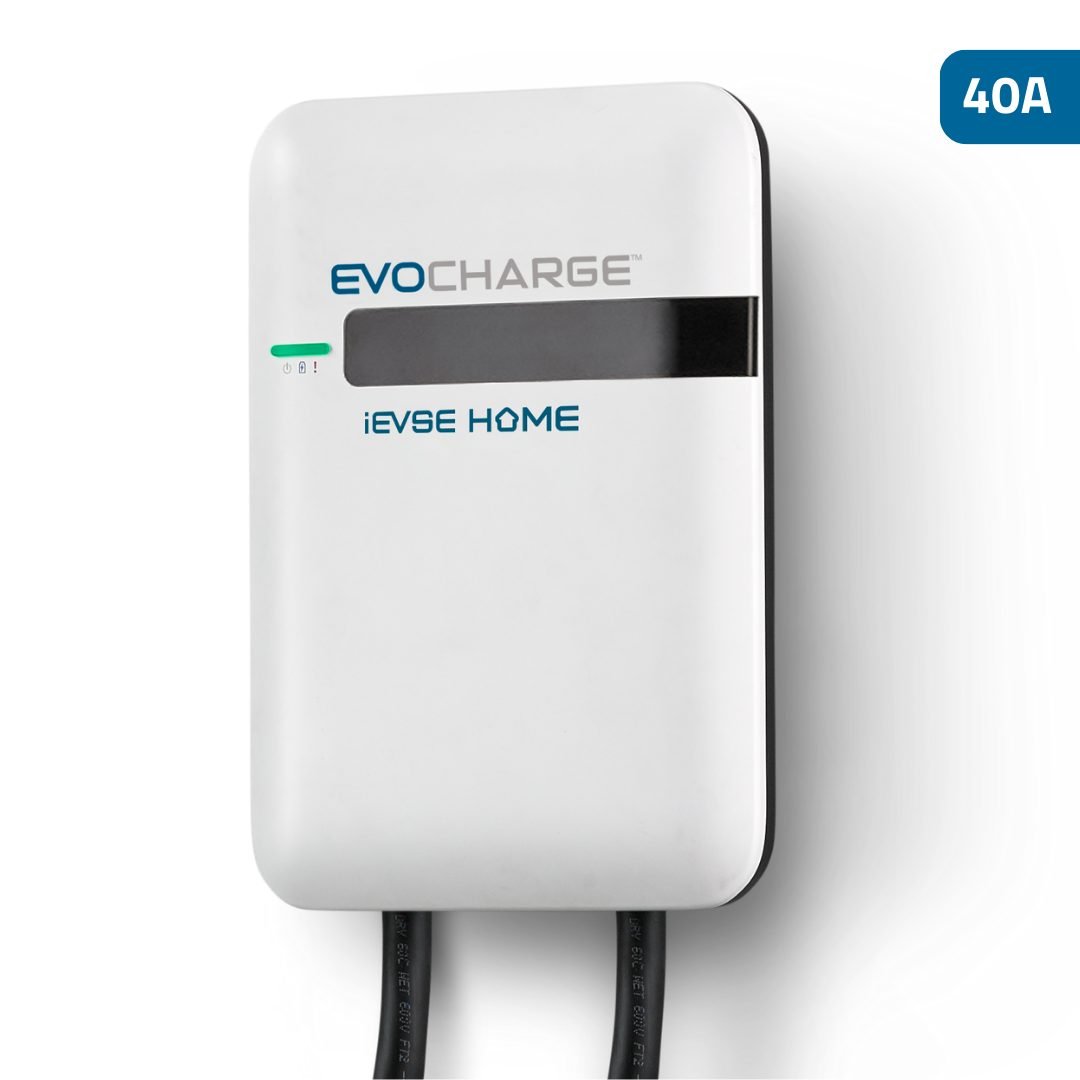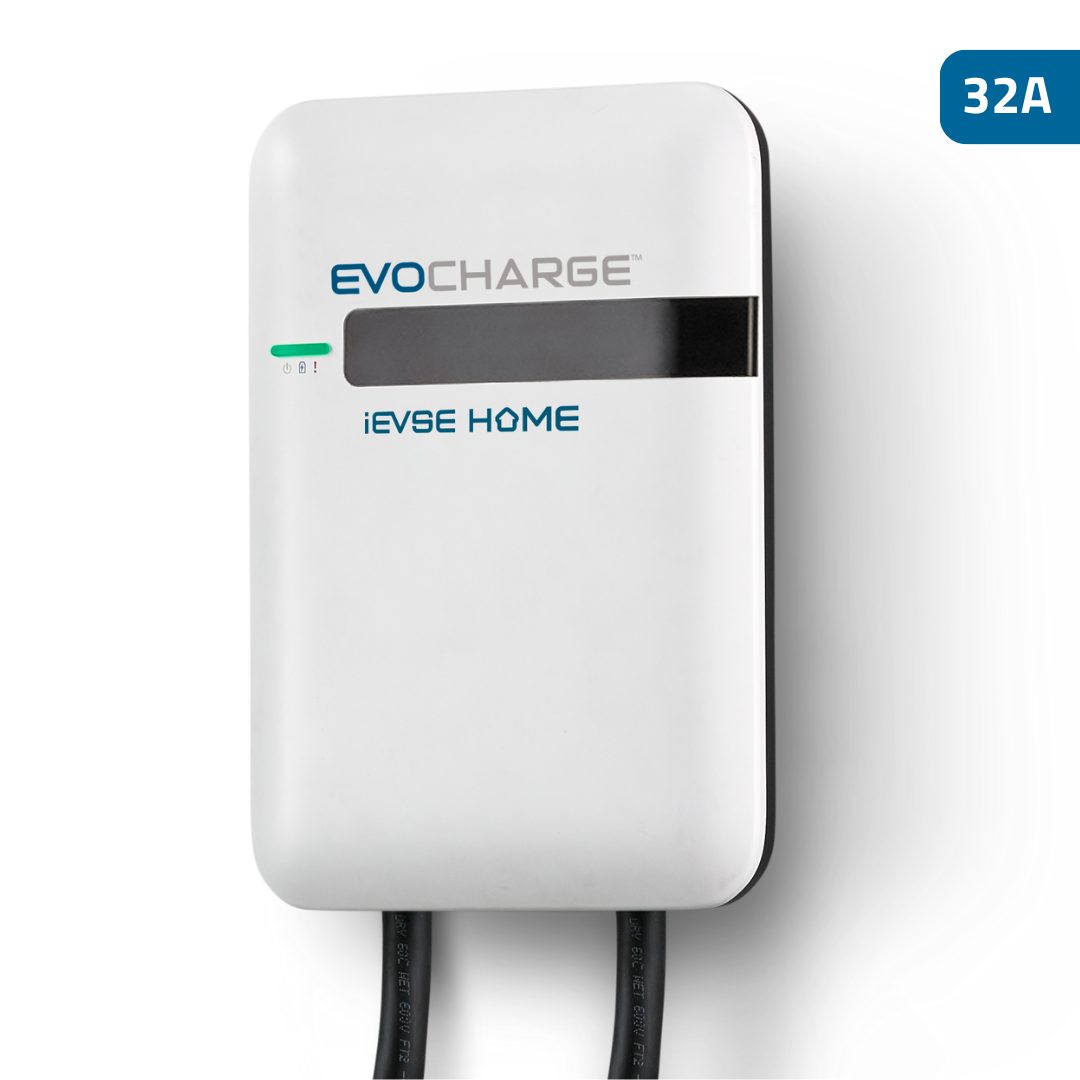Are you ready to convert to an electric vehicle (EV) but have questions about the charging process or how long you can drive before charging again? How about home versus public charging, what are the benefits of each? Or which chargers are the fastest? And how do amps make a difference? We get it, buying any car is a major investment that requires time and research to ensure you purchase the right thing.
With this simple guide to EV charging basics, you have a head start with regard to EV charging and what you should know. Read the following, and soon you’ll be ready to hit the local dealership to look at the new models.
What Are the Three Types of EV Charging?
The three types of EV charging stations are Levels 1, 2 and 3. Each level relates to the time it takes to charge an EV or plug-in hybrid vehicle (PHEV). Level 1, the slowest of the three, requires a charging plug that connects to a 120v outlet (sometimes it’s called a 110v outlet — more on this later). Level 2 is up to 8x faster than Level 1, and requires a 240v outlet. The fastest of the three, Level 3, are the fastest charging stations, and they are found in public charging areas since they are expensive to install and typically you pay to charge. As national infrastructure is added to accommodate EVs, these are the types of chargers that you will see along highways, rest stations and eventually will take the role of gas stations.
For most EV owners, Level 2 home charging stations are most popular since they blend convenience and affordability with faster, more reliable charging. Many EVs can be charged from empty to full in 3 to 8 hours using a Level 2 charging station. However, there are a handful of newer models which have much larger battery sizes that take longer to charge. Charging while you sleep is the most common way, and most utility rates are also less expensive during overnight hours saving you even more money. To see how long it takes to power up a specific EV make and model, check out the EvoCharge Charging Time tool.
Is it Better to Charge an EV at Home or at a Public Charging Station?
Home EV charging is most convenient, but many drivers need to supplement their charging needs with public solutions. This can be done at businesses and parking lots that offer EV charging as an amenity, or at public charging stations you pay to use while traveling long distances. Many new EVs are manufactured with upgraded battery technology to run 300 or more miles on a single charge, so it’s now possible for some drivers with shorter commute times to do the bulk of their charging at home.
Learn more about how to get the most mileage possible when traveling in your EV
If you intend to rely on home charging, one of the most important EV charging basics is knowing you should get a Level 2 charger so you can charge faster each night. Or if your average daily commute is like most, you will only need to charge a couple times per week.
Should I Buy an EV if I Don’t Have a Home Charger?
Many, but not all new EV purchases come with a Level 1 charger to get you started. If you purchase a new EV and own your home, you will most likely want to add a Level 2 charging station to your property. Level 1 will suffice for a while, but the charging time is 11-40 hours to fully charge vehicles, depending on their battery size.
If you are a renter, many apartment and condo complexes are adding EV charging stations as an amenity for residents. If you’re a renter and don’t have access to a charging station, it may be worthwhile to ask your property manager about adding one.
How Many Amps are Needed to Charge an Electric Car?
This varies, but many EVs are capable of taking in 32 or 40 amps and some of the newest vehicles are able to accept even higher amperages. If your car only accepts 32 amps it won’t charge faster with a 40 amp charger, but if it’s capable of taking more amperage, then it will charge faster. For safety reasons, and according to the National Electric Code, chargers must be installed on a dedicated circuit equal to 125% of the amperage draw. This means 32 amps must be installed on a 40 amp circuit and 40 amp EV chargers need to be connected to a 50 amp circuit breaker. (For a detailed explanation of the differences between 32 and 40 amp chargers and how many amps are needed to charge an electric car, check out this resource.)
Do You Need 110v or 240v to Charge an Electric Car?
The basic Level 1 charger that comes with most new EV purchases works with a 110v outlet, which is essentially the same as a 120v outlet. If you want to buy a Level 2 charger, you will need a 240v power source to plug-in or hardwire too. Many modern homes are constructed with 240v outlets to plug into, but not all. If you require a 240v outlet, we recommend hiring a licensed electrician familiar with EV charging station installation.
EV Charging Basics: Next Steps
Now that you know the EV charging basics, you’re ready to shop for the EV you want. Once you’ve gotten that, your next step is to pick out an EV charger. EvoCharge offers Level 2 home EV chargers that are convenient and easy to use. We feature a simple plug-and-charge EVSE unit, in addition to the more sophisticated iEVSE Home, our smart Wi-Fi enabled charger that can be controlled using the EvoCharge app. With the app, users can manage charging schedules to ensure they power up when it’s cheapest and most convenient, and they can track usage, add users and even estimate their charging session costs.
For more information resources related to EV charging, check out our FAQ and Knowledge Center, which has the latest articles, resources, white papers and other information.



